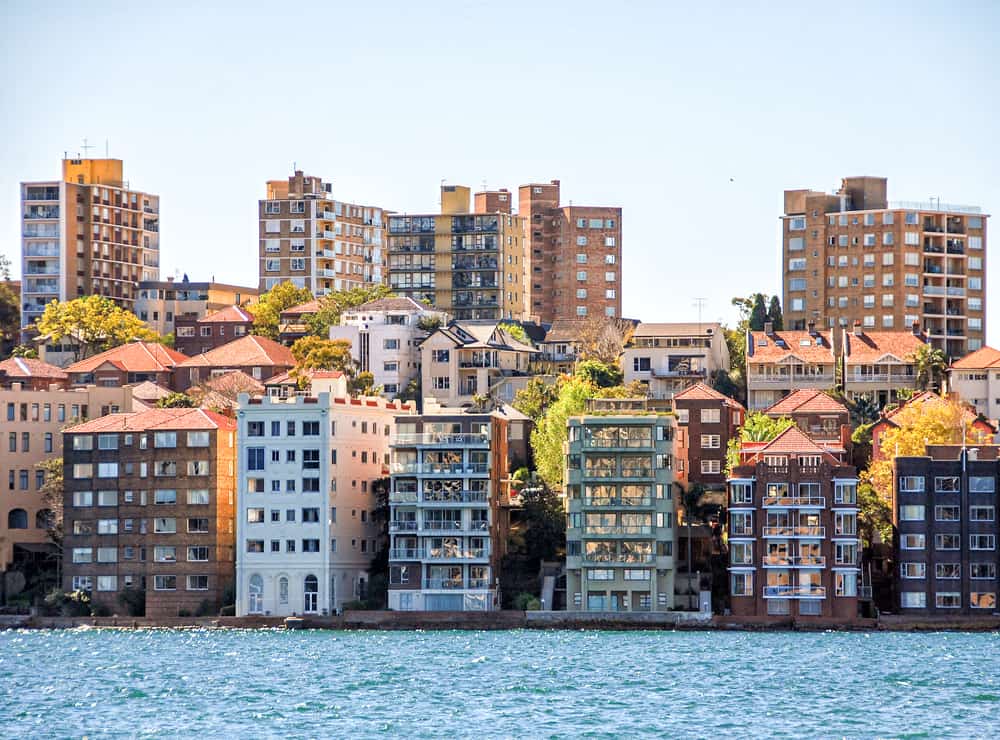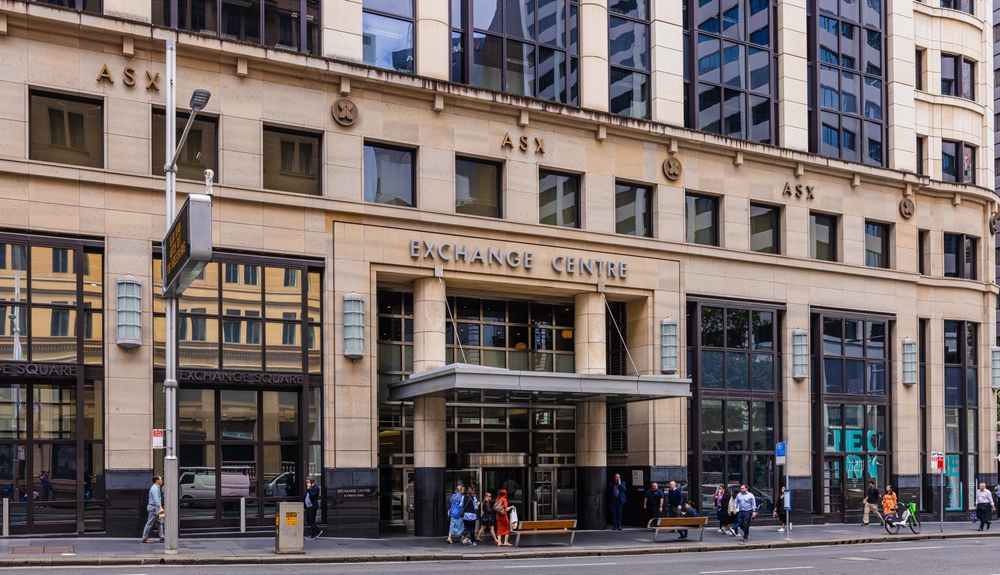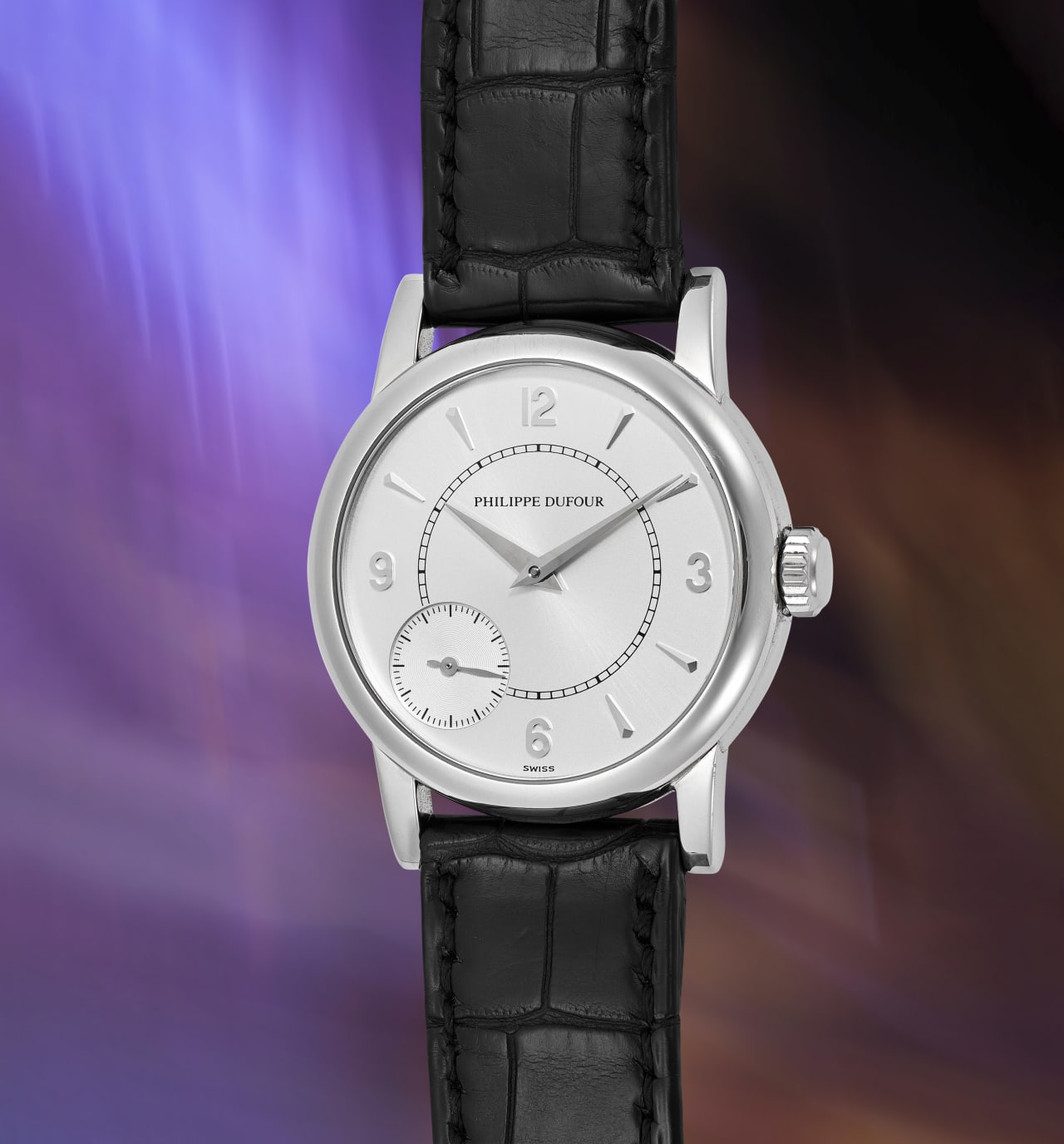Property — A Reliable Asset In Uncertain Times?
How far will property prices fall in the next 12 months?
OPINION
Amidst a war in Eastern Europe, our central bank is grappling with the impacts of a rising cost of living, a severe energy crisis (not experienced since the 1970s), official inflation hitting 3.5%, and lastly, COVID-19 and its variant accomplices. This is not to mention the constant heartaches inflicted by fires and floods over the past three years and their financial implications on the economy.
The uncertainties bring to light a host of questions. How will this impact everyday Australians? What will be the effect on interest rates, property prices and the general economy?
The RBA Governor’s message to mortgage holders last Friday 10 March 2022 has been much more sobering than previous statements – “Mortgage Holders should start preparing for interest rate increases.” In our view, we had been lulled into a false sense of security that low-interest rates were here to stay, at least until 2024. However, the financial markets are now factoring up to 5 increases this year alone, with more to follow in 2023. The experts predict increases in official cash rates totalling 1.5% between now and Christmas next year. The first of these increases will be the first increase in official cash rates since November 2010.
Even the most optimistic property pundits understand that rate hikes will challenge future price appreciation and signal an inflexion point leading to property prices falling. Moreover, these anticipated rate increases will have broader ramifications on other asset prices and the wider economy.
The Federal Government and the RBA are trying to balance on a precarious tightrope as they gradually taper economic support and raise interest rates, whilst not beating the economy into a recession.
Despite these significant economic challenges, especially the inevitable withdrawal of free money, Australia is once again better-equipped than its international peers in dealing with these challenges, with Australia’s mineral-rich economy being a benefactor of high energy prices. This advantage in selling minerals also acts as an inflation hedge in a world of rising prices. In addition, having immigration as part of our export mix effectively cushions the economy and limits labour constraints, while improving our national GDP figures and fending off stagflation fears.
I guess the million-dollar question (or more like, the $1.6 million question in Sydney – or $1.1 million question in Melbourne) is “How far will property prices fall over the next 12 months?”
As Albert Einstein once said, “If you want to know the future, you need to look into the past”.
On 6 March 2019, the RBA Governor presented at the AFR business summit. As can be seen in the graph below, the benefit of hindsight lays out the foundation and justifications for future rate reductions for the sole reason of increasing property prices. Looking at the benefits of property price appreciation, a 10% increase in property prices would increase consumer spending by circa 1.5% (Keynesian Wealth effect) to give the economy some additional stimulus.
It is essential to note this was all whilst property prices took an 18% hit in 2018 – it was not due to a lack of demand; it was induced by APRA’s intervention combined with the Banking Royal Commission which restricted bank finance and the flow of capital to buy property.
It was not too long after these events that interest rates began to decrease from the 1.5% official cash rate, with the RBA Governor uttering one of the most important quotes in regards to property prices. He believed that property prices could go up as high as 30% without being a risk to the general economy.
Remember, this was during a time when most property economists believed property prices would fall between 20%-30%.
Indeed, since this statement, property prices have increased by 30% over the 18 months, nationally.
How did he get the property prediction so accurate?
As I have written in my previous articles, the most effective property modelling conducted in Australia has been commissioned by the RBA itself – a joint paper by Trent Saunders and Peter Tulip titled, ‘A model of the Australian Housing Market’.
The paper outlines the key drivers of property prices – no surprise, it had reaffirmed the RBA’s property price prediction that with a 1% drop in interest rates, property prices would rise by 30%.
It would be easy to conclude, with the RBA’s admission that interest rates will go up between 1% and 1.5% over the next two years, that the property gains over the past few years can be equally reversed; that is, a rational conclusion would be that property prices would fall back to the levels seen in 2018, where the cash rate was sitting at 1.5% – but the reverse is not automatically true in this case.
The model also outlines other contributing factors: changes in income, unemployment, population growth, housing stock and rental vacancy.
Upon looking closely at all these elements, we believe that despite rising interest rates placing downward pressure on property prices, all other factors are positive for the property market and this may limit the downside. As inflation expectations are increasing, wage inflation will increase from its present level of 2.3%. The other significant metrics to note are that unemployment is at record lows, immigration will increase even more significantly than its pre-COVID-19 level, we are still not building enough dwellings to meet demand and rental vacancies are trending in the right direction and are now higher than pre-COVID-19 levels.
We believe that property prices will fall once the cash rate increases by up to 1.5% over the next 12-18 months. Importantly, we believe falls will be modest – between 10% to 15% – due to the other aforementioned factors moving in favourable directions. If the Reserve Bank needs to raise rates above 1.5% over the next 24 months, we may be looking at a credit crunch with more severe property price declines. Hence, we believe the RBA will be more cautious than the financial market is anticipating.
However, this is useful in examining property prices on an aggregate level. It is also essential to look more closely at a micro-level; we envisage a divergence in property prices across different geographical regions, different property classes, and specific trends that impact property.
Regional Property
Perhaps one of the biggest surprises that has emerged during the pandemic has been the stellar performance by the regional property market — inspired by the combination of low-interest rates and COVID-19, cohorts were encouraged to try the tree and sea lifestyle, despite the backdrop of zero net migration.
For those who can afford a second home, this change can be sustained; however, the reality is that the work-from-home phenomena will eventually run its course, and health, education and work options are much more plentiful in the cities. Thus, we believe people will move back to the cities and reverse some of this trend in the coming 24 months.
Sydney, Melbourne and Brisbane
However, despite Queensland being a star outperformer on the internal migration front (7,035 net migration just in Q4 2021), with Brisbane being the most affordable city on the eastern seaboard, we believe the rise in Queensland property prices will not outperform those of NSW and Victoria. This is because Queensland, especially Brisbane, can quickly deliver sufficient supply to meet demand; credit for this can be given to Queensland having a much quicker planning process and being less constrained with land, allowing developers to meet market demand and quickly keep prices affordable.
Units Versus Houses
The price gap between units and houses has never been wider. As affordability becomes more realistic, we believe units will be the feasible alternative. There is a significant shortage of larger, luxury apartments suitable for young families and empty nesters. Property developers are focusing their attention on creating a more suitable product catered for this market, which may lead to a psychological shift in property preferences in the future.
—
Paul Miron has more than 20 years experience in banking and commercial finance. After rising to senior positions for various Big Four banks, he started his own financial services business in 2004.

This stylish family home combines a classic palette and finishes with a flexible floorplan
Just 55 minutes from Sydney, make this your creative getaway located in the majestic Hawkesbury region.
Ahead of the Games, a breakdown of the city’s most desirable places to live
PARIS —Paris has long been a byword for luxurious living. The traditional components of the upscale home, from parquet floors to elaborate moldings, have their origins here. Yet settling down in just the right address in this low-rise, high-density city may be the greatest luxury of all.
Tradition reigns supreme in Paris real estate, where certain conditions seem set in stone—the western half of the city, on either side of the Seine, has long been more expensive than the east. But in the fashion world’s capital, parts of the housing market are also subject to shifting fads. In the trendy, hilly northeast, a roving cool factor can send prices in this year’s hip neighborhood rising, while last year’s might seem like a sudden bargain.
This week, with the opening of the Olympic Games and the eyes of the world turned toward Paris, The Wall Street Journal looks at the most expensive and desirable areas in the City of Light.
The Most Expensive Arrondissement: the 6th
Known for historic architecture, elegant apartment houses and bohemian street cred, the 6th Arrondissement is Paris’s answer to Manhattan’s West Village. Like its New York counterpart, the 6th’s starving-artist days are long behind it. But the charm that first wooed notable residents like Gertrude Stein and Jean-Paul Sartre is still largely intact, attracting high-minded tourists and deep-pocketed homeowners who can afford its once-edgy, now serene atmosphere.
Le Breton George V Notaires, a Paris notary with an international clientele, says the 6th consistently holds the title of most expensive arrondissement among Paris’s 20 administrative districts, and 2023 was no exception. Last year, average home prices reached $1,428 a square foot—almost 30% higher than the Paris average of $1,100 a square foot.
According to Meilleurs Agents, the Paris real estate appraisal company, the 6th is also home to three of the city’s five most expensive streets. Rue de Furstemberg, a secluded loop between Boulevard Saint-Germain and the Seine, comes in on top, with average prices of $2,454 a square foot as of March 2024.
For more than two decades, Kyle Branum, a 51-year-old attorney, and Kimberly Branum, a 60-year-old retired CEO, have been regular visitors to Paris, opting for apartment rentals and ultimately an ownership interest in an apartment in the city’s 7th Arrondissement, a sedate Left Bank district known for its discreet atmosphere and plutocratic residents.
“The 7th was the only place we stayed,” says Kimberly, “but we spent most of our time in the 6th.”
In 2022, inspired by the strength of the dollar, the Branums decided to fulfil a longstanding dream of buying in Paris. Working with Paris Property Group, they opted for a 1,465-square-foot, three-bedroom in a building dating to the 17th century on a side street in the 6th Arrondissement. They paid $2.7 million for the unit and then spent just over $1 million on the renovation, working with Franco-American visual artist Monte Laster, who also does interiors.
The couple, who live in Santa Barbara, Calif., plan to spend about three months a year in Paris, hosting children and grandchildren, and cooking after forays to local food markets. Their new kitchen, which includes a French stove from luxury appliance brand Lacanche, is Kimberly’s favourite room, she says.
Another American, investor Ashley Maddox, 49, is also considering relocating.
In 2012, the longtime Paris resident bought a dingy, overstuffed 1,765-square-foot apartment in the 6th and started from scratch. She paid $2.5 million and undertook a gut renovation and building improvements for about $800,000. A centrepiece of the home now is the one-time salon, which was turned into an open-plan kitchen and dining area where Maddox and her three children tend to hang out, American-style. Just outside her door are some of the city’s best-known bakeries and cheesemongers, and she is a short walk from the Jardin du Luxembourg, the Left Bank’s premier green space.
“A lot of the majesty of the city is accessible from here,” she says. “It’s so central, it’s bananas.” Now that two of her children are going away to school, she has listed the four-bedroom apartment with Varenne for $5 million.
The Most Expensive Neighbourhoods: Notre-Dame and Invalides
Garrow Kedigian is moving up in the world of Parisian real estate by heading south of the Seine.
During the pandemic, the Canada-born, New York-based interior designer reassessed his life, he says, and decided “I’m not going to wait any longer to have a pied-à-terre in Paris.”
He originally selected a 1,130-square-foot one-bedroom in the trendy 9th Arrondissement, an up-and-coming Right Bank district just below Montmartre. But he soon realised it was too small for his extended stays, not to mention hosting guests from out of town.
After paying about $1.6 million in 2022 and then investing about $55,000 in new decor, he put the unit up for sale in early 2024 and went house-shopping a second time. He ended up in the Invalides quarter of the 7th Arrondissement in the shadow of one Paris’s signature monuments, the golden-domed Hôtel des Invalides, which dates to the 17th century and is fronted by a grand esplanade.
His new neighbourhood vies for Paris’s most expensive with the Notre-Dame quarter in the 4th Arrondissement, centred on a few islands in the Seine behind its namesake cathedral. According to Le Breton, home prices in the Notre-Dame neighbourhood were $1,818 a square foot in 2023, followed by $1,568 a square foot in Invalides.
After breaking even on his Right Bank one-bedroom, Kedigian paid $2.4 million for his new 1,450-square-foot two-bedroom in a late 19th-century building. It has southern exposures, rounded living-room windows and “gorgeous floors,” he says. Kedigian, who bought the new flat through Junot Fine Properties/Knight Frank, plans to spend up to $435,000 on a renovation that will involve restoring the original 12-foot ceiling height in many of the rooms, as well as rescuing the ceilings’ elaborate stucco detailing. He expects to finish in 2025.
Over in the Notre-Dame neighbourhood, Belles demeures de France/Christie’s recently sold a 2,370-square-foot, four-bedroom home for close to the asking price of about $8.6 million, or about $3,630 a square foot. Listing agent Marie-Hélène Lundgreen says this places the unit near the very top of Paris luxury real estate, where prime homes typically sell between $2,530 and $4,040 a square foot.
The Most Expensive Suburb: Neuilly-sur-Seine
The Boulevard Périphérique, the 22-mile ring road that surrounds Paris and its 20 arrondissements, was once a line in the sand for Parisians, who regarded the French capital’s numerous suburbs as something to drive through on their way to and from vacation. The past few decades have seen waves of gentrification beyond the city’s borders, upgrading humble or industrial districts to the north and east into prime residential areas. And it has turned Neuilly-sur-Seine, just northwest of the city, into a luxury compound of first resort.
In 2023, Neuilly’s average home price of $1,092 a square foot made the leafy, stately community Paris’s most expensive suburb.
Longtime residents, Alain and Michèle Bigio, decided this year is the right time to list their 7,730-square-foot, four-bedroom townhouse on a gated Neuilly street.
The couple, now in their mid 70s, completed the home in 1990, two years after they purchased a small parcel of garden from the owners next door for an undisclosed amount. Having relocated from a white-marble château outside Paris, the couple echoed their previous home by using white- and cream-coloured stone in the new four-story build. The Bigios, who will relocate just back over the border in the 16th Arrondissement, have listed the property with Emile Garcin Propriétés for $14.7 million.
The couple raised two adult children here and undertook upgrades in their empty-nester years—most recently, an indoor pool in the basement and a new elevator.
The cool, pale interiors give way to dark and sardonic images in the former staff’s quarters in the basement where Alain works on his hobby—surreal and satirical paintings, whose risqué content means that his wife prefers they stay downstairs. “I’m not a painter,” he says. “But I paint.”
The Trendiest Arrondissement: the 9th
French interior designer Julie Hamon is theatre royalty. Her grandfather was playwright Jean Anouilh, a giant of 20th-century French literature, and her sister is actress Gwendoline Hamon. The 52-year-old, who divides her time between Paris and the U.K., still remembers when the city’s 9th Arrondissement, where she and her husband bought their 1,885-square-foot duplex in 2017, was a place to have fun rather than put down roots. Now, the 9th is the place to do both.
The 9th, a largely 19th-century district, is Paris at its most urban. But what it lacks in parks and other green spaces, it makes up with nightlife and a bustling street life. Among Paris’s gentrifying districts, which have been transformed since 2000 from near-slums to the brink of luxury, the 9th has emerged as the clear winner. According to Le Breton, average 2023 home prices here were $1,062 a square foot, while its nearest competitors for the cool crown, the 10th and the 11th, have yet to break $1,011 a square foot.
A co-principal in the Bobo Design Studio, Hamon—whose gut renovation includes a dramatic skylight, a home cinema and air conditioning—still seems surprised at how far her arrondissement has come. “The 9th used to be well known for all the theatres, nightclubs and strip clubs,” she says. “But it was never a place where you wanted to live—now it’s the place to be.”
With their youngest child about to go to college, she and her husband, 52-year-old entrepreneur Guillaume Clignet, decided to list their Paris home for $3.45 million and live in London full-time. Propriétés Parisiennes/Sotheby’s is handling the listing, which has just gone into contract after about six months on the market.
The 9th’s music venues were a draw for 44-year-old American musician and piano dealer, Ronen Segev, who divides his time between Miami and a 1,725-square-foot, two-bedroom in the lower reaches of the arrondissement. Aided by Paris Property Group, Segev purchased the apartment at auction during the pandemic, sight unseen, for $1.69 million. He spent $270,000 on a renovation, knocking down a wall to make a larger salon suitable for home concerts.
During the Olympics, Segev is renting out the space for about $22,850 a week to attendees of the Games. Otherwise, he prefers longer-term sublets to visiting musicians for $32,700 a month.
Most Exclusive Address: Avenue Junot
Hidden in the hilly expanses of the 18th Arrondissement lies a legendary street that, for those in the know, is the city’s most exclusive address. Avenue Junot, a bucolic tree-lined lane, is a fairy-tale version of the city, separate from the gritty bustle that surrounds it.
Homes here rarely come up for sale, and, when they do, they tend to be off-market, or sold before they can be listed. Martine Kuperfis—whose Paris-based Junot Group real-estate company is named for the street—says the most expensive units here are penthouses with views over the whole of the city.
In 2021, her agency sold a 3,230-square-foot triplex apartment, with a 1,400-square-foot terrace, for $8.5 million. At about $2,630 a square foot, that is three times the current average price in the whole of the 18th.
Among its current Junot listings is a 1930s 1,220-square-foot townhouse on the avenue’s cobblestone extension, with an asking price of $2.8 million.
This stylish family home combines a classic palette and finishes with a flexible floorplan
Just 55 minutes from Sydney, make this your creative getaway located in the majestic Hawkesbury region.


















